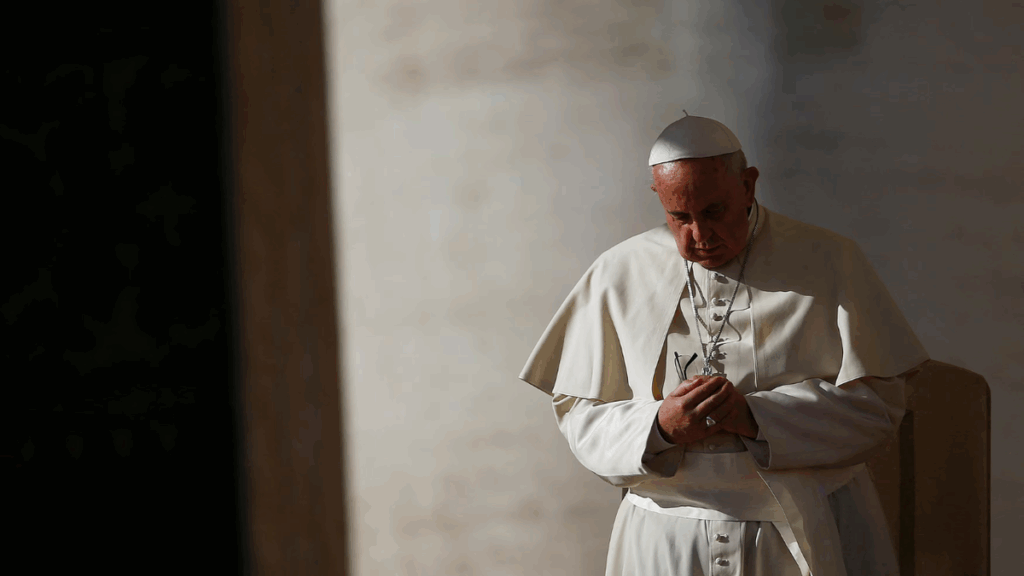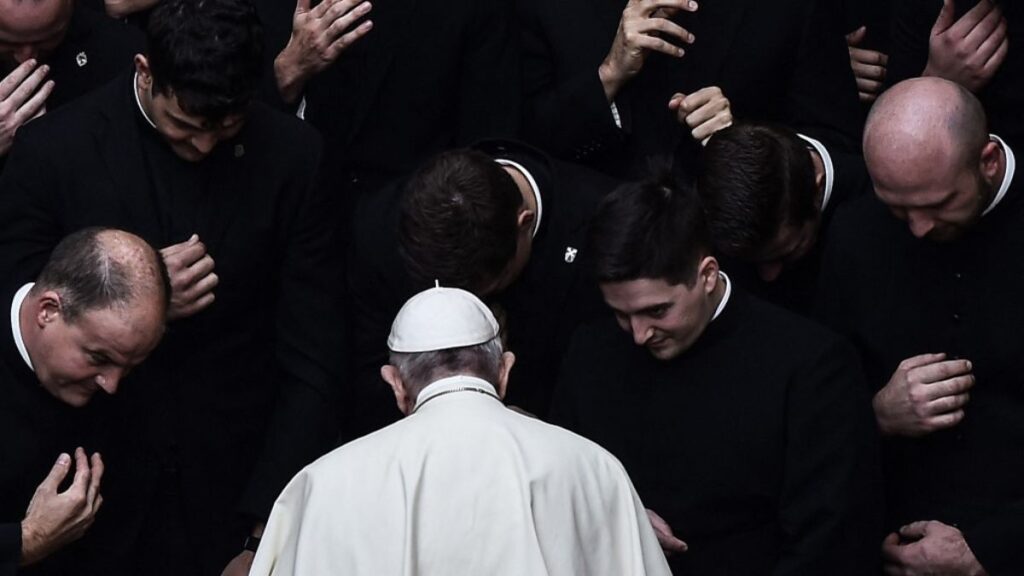
Why did Pope Francis change his name from Jorge Mario Bergoglio?
Pope Francis, the head of the Catholic Church, passed away aged 88 on Monday (Apr 21). The pontiff was born Jorge Mario Bergoglio, but adopted the name (Pope) Francis when he took over as the bishop of Rome and head of the Catholic Church in 2013.
Why did Pope Francis change his name?
The short answer is tradition.
Pope Francis was the 266th pope in the Catholic Church’s roughly 2,000-year history. Upon assuming the revered position as the Catholic Church’s leader, he chose to adopt the papal name ‘Pope Francis’.
The first pope to adopt a papal name was Pope John II. In the year 533, the Roman-born 56th pope decided to forego his birth name ‘Mercurius’ as he believed it may be inappropriate due to the name’s association with Roman god Mercury. His choice of name — John II — paid homage to his predecessor, Pope John I, the 53rd pontiff.
For the next 1,000 years, the practice remained inconsistent, with most popes picking to use their baptismal or birth names. Pope Marcellus II, elected in 1555, was the last to use his baptismal name.
However, soon the practice of adopting a papal name became more common, with some non-Italian popes doing so to make their names easier for the Romans to pronounce.
Also read | Pope Francis and the beautiful game: A pontiff who found joy and faith in football
Nowadays, while most popes choose to adopt the name of one of their predecessors, they are not obliged to do so. The tradition of adopting a papal name has now become a way to see which of his predecessors the new pope will emulate.
Which of his predecessors did Pope Francis honour with his papal name?
Pope Francis did not adopt his predecessor’s name. Instead, he decided to honour St. Francis of Assisi, the 13th century cleric now celebrated in the church as the patron saint of animals and the environment.
The pontiff, at the time, said that St. Francis inspired him as “the man of poverty, the man of peace, the man who loves and protects creation.”





Responses